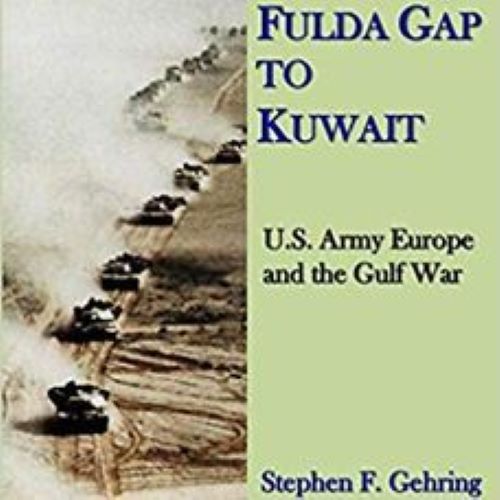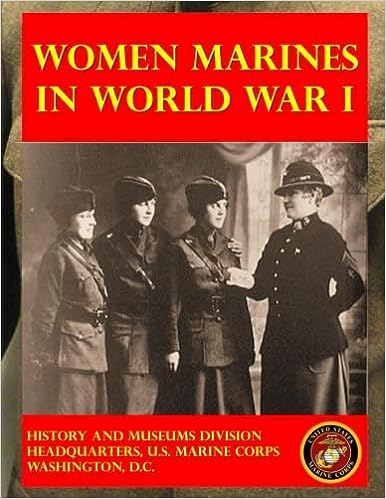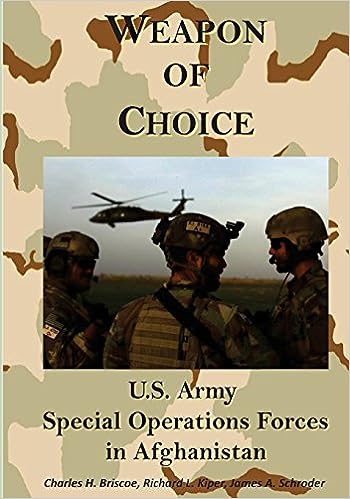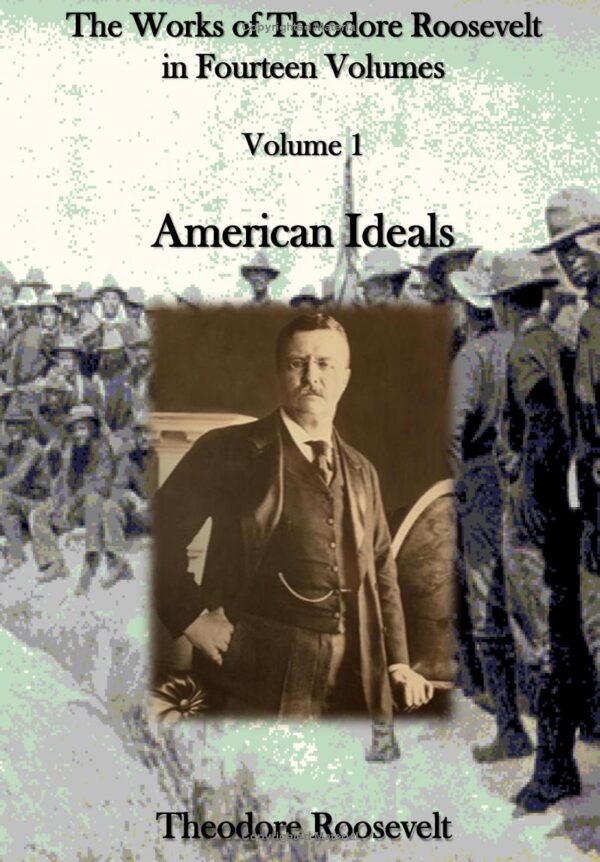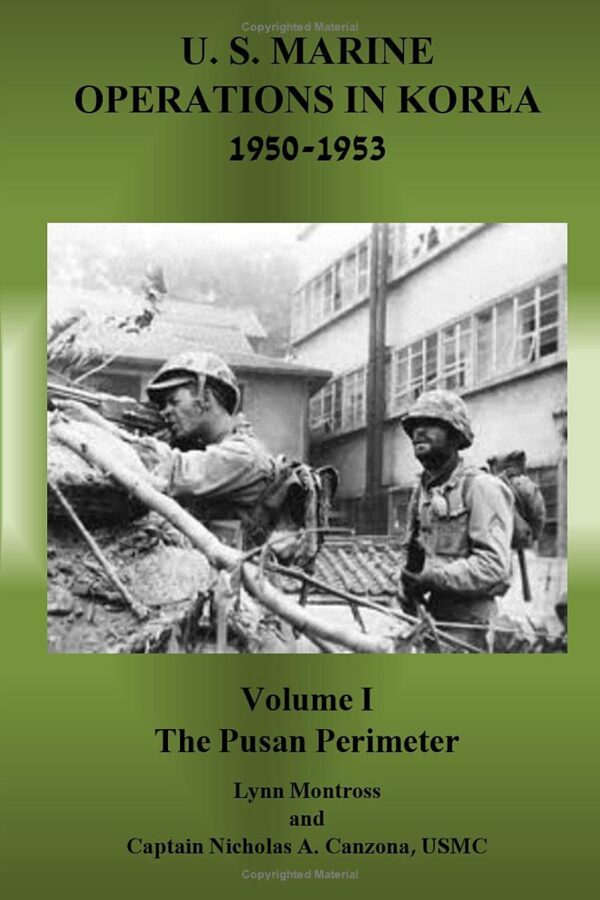The participation of the United States Army, Europe (USAREUR), in Operations DESERT SHIELD, the defense of Saudi Arabia, and DESERT Storm, the liberation of Kuwait, in 1990 and 1991 presents three stories, only one of which can be told fully here. The first is the story of how the Commander in Chief, U.S. Army, Europe (ClNCUSAREUR), General Crosbie E. Saim, began LO transform USAREUR from a basically static, heavy force focused on deterring or repelling invasion across the borders of Eastern Europe to a smaller, mobile, heavy force capable of either winning critical early engagement with Soviet and Warsaw Pact forces or deploying quickly for contingency operations elsewhere. This fascinating story, which made possible and shaped the USAREUR contribution to DESERT SHIELD and DESERT STORM, can be only summarized below. Its detailed exposition must await another study. The second is the story of l1ow USAREUR personnel deployed USAREUR units, their soldiers and equipment, and USAREUR war reserves to the Persian Gulf or Southwest Asia region to stop and reverse lraqi aggression against its neighbors. This deployment of USAREUR soldiers and equipment would provide the decisive armored units and firepower in DESERT STORM, as well as massive logistical support to the Southwest Asia theater. At the same time, the USAREUR soldiers, civilians, and families who remained in Europe maintained a credible residual force and a secure and stable community thousands of miles from home. Both elements of this story will be covered in depth below, including planning, three phases of deployment and logistic support, the USAREUR home from, and redeployment to Europe. The third is the story of the success of USAREUR soldiers and forces on the battlefield, where they made a critical contribution to the success of DESERT STORM. This story has been and will continue to be told elsewhere; Vll Corps’ successful campaign is an important part of the growing historical literature on the Persian Gulf War.
396 pages

